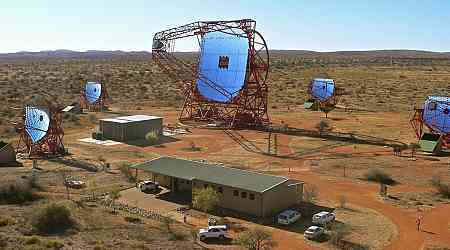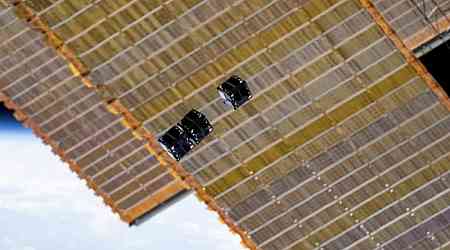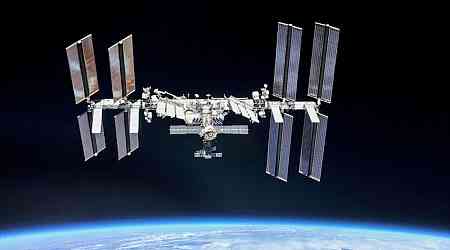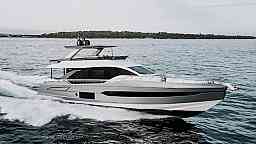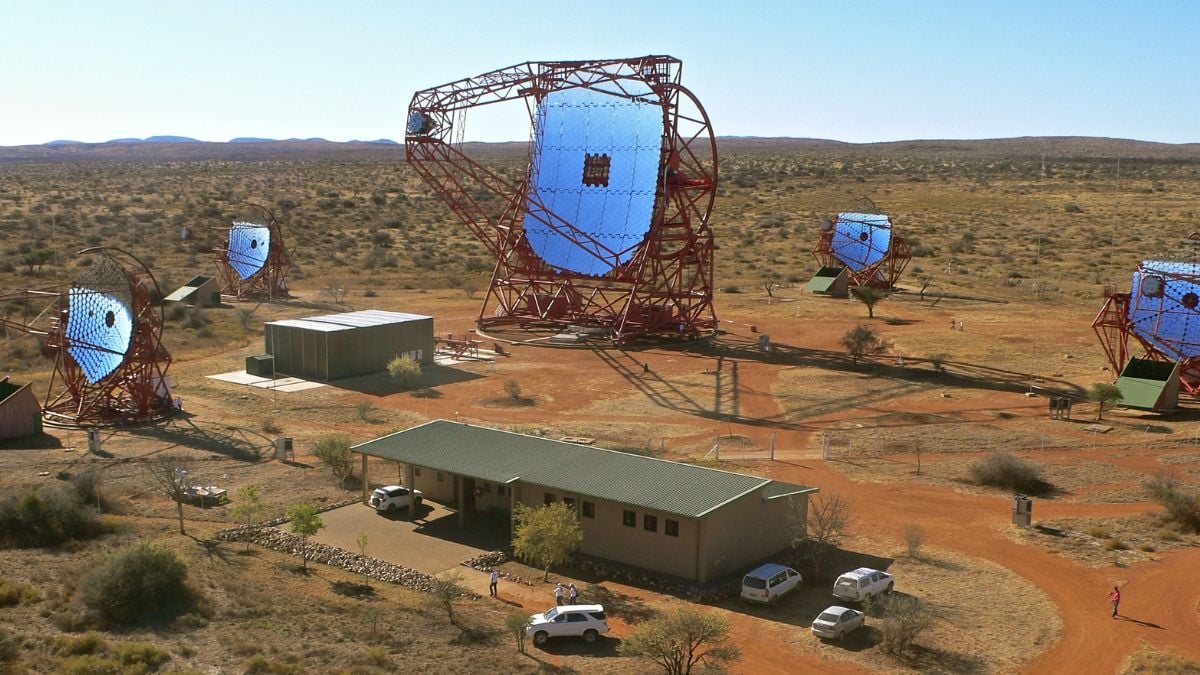Last week, three small Australian satellites from Curtin University's Binar Space Program re-entered Earth's atmosphere and burned up far earlier than expected, cutting short valuable research opportunities. Launched with an initial lifespan of six months, these CubeSats – named Binar-2, Binar-3, and Binar-4 – only lasted two months in low Earth orbit (LEO), a situation attributed to intensified solar activity that has been challenging satellite operations in recent years.
Solar Activity Surges, Defying Predictions
According to a Live Science report, solar activity has recently surpassed predictions, registering levels one and a half times higher than anticipated for the current solar cycle, known as Solar Cycle 25. This surge, marked by an increase in solar flares, sunspots, and solar wind, is caused by fluctuations in the Sun's magnetic field, which reverses polarity approximately every 11 years. While solar cycles have been mapped, solar weather forecasting remains in its infancy, making precise predictions challenging.
The space weather effects on Earth have been significant. Intense auroras have been observed closer to the equator, and the heightened solar wind has increased ionising radiation, posing additional hazards for astronauts and high-altitude flights. Satellites in LEO, especially those without thrusters or altitude adjustment systems, such as the Binar CubeSats, face a constant drag that accelerates their orbital decay during periods of heightened solar activity.
The Impact on Satellite Missions
The early demise of the Binar CubeSats highlights the need for improved space weather forecasting to support satellite operations. CubeSats, like those in Curtin's program, are frequently used for research by universities and often lack the ability to counteract the increased atmospheric drag caused by space weather. Their sudden re-entry illustrates the risks faced by satellites during solar peaks.
Further Binar missions are already in development, with launches planned for late 2026, when solar activity is expected to decline. As solar minimum conditions approach by 2030, the next generation of CubeSats may operate in a more stable space environment, allowing for more prolonged research endeavours.



















